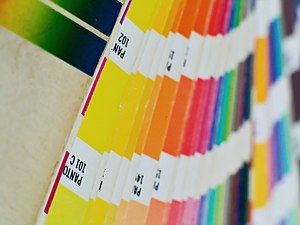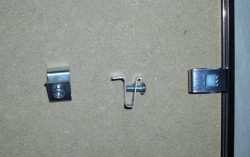
Image by Supermac1961 via Flickr
Long ago (OK, it wasn’t the first, or the last, time) I made a dumb marketing mistake. I was reminded of it recently, and thought I’d share.
I had just gotten promoted to a brand-new job (yay!). We were doing a direct marketing campaign for some training products (a video and training manual). I don’t remember how much it cost, but let’s call it $200. While we were putting the package together, my boss (also new), said, “Hey, we’ve also got a book (which cost $14) about that, let’s throw that in too.” So I did.
A casual suggestion leads to a big problem
At first, we thought we were doing well. The list was good and the copy was convincing. Our sales started streaming in. It should have been a great success. There was only one problem. And, it was a big one.
People went straight for the $14 book and virtually ignored the $200 training video. We sold plenty of books, but almost no videos. Oops.
Unfortunately, I had (in a way) done my job both too well and not well at all. I successfully sold the material, but didn’t do enough to differentiate the book from the video. Since they both seemed like equally good choices, people bought the book because it cost less.
If there’s a cheaper option, or too many options, it will confuse people, dilute the value of your higher-priced product, and reduce your earnings.
One thing at a time
Don’t try to sell several things at once. Ever watch an infomercial or direct TV ad (think sham-wow or slap-chopper), or even QVC? They sell one thing at a time. They give reasons to buy it. They tell you the price. And ask for the sale. They never try to sell the $10 sham-wow and the $15 chopper in the same ad.
One good thing though – at least I wasn’t trying to sell an Edsel.




 Ever hear of “the curse of knowledge”? It’s the idea that knowing something well can sometimes be a problem (rather than a benefit). When you know the thinking about a particular web design or how a chair should be put together (I’m looking at you, Ikea), it seems easy and obvious. The trouble is those without your inside information may find themselves completely stumped.
Ever hear of “the curse of knowledge”? It’s the idea that knowing something well can sometimes be a problem (rather than a benefit). When you know the thinking about a particular web design or how a chair should be put together (I’m looking at you, Ikea), it seems easy and obvious. The trouble is those without your inside information may find themselves completely stumped.